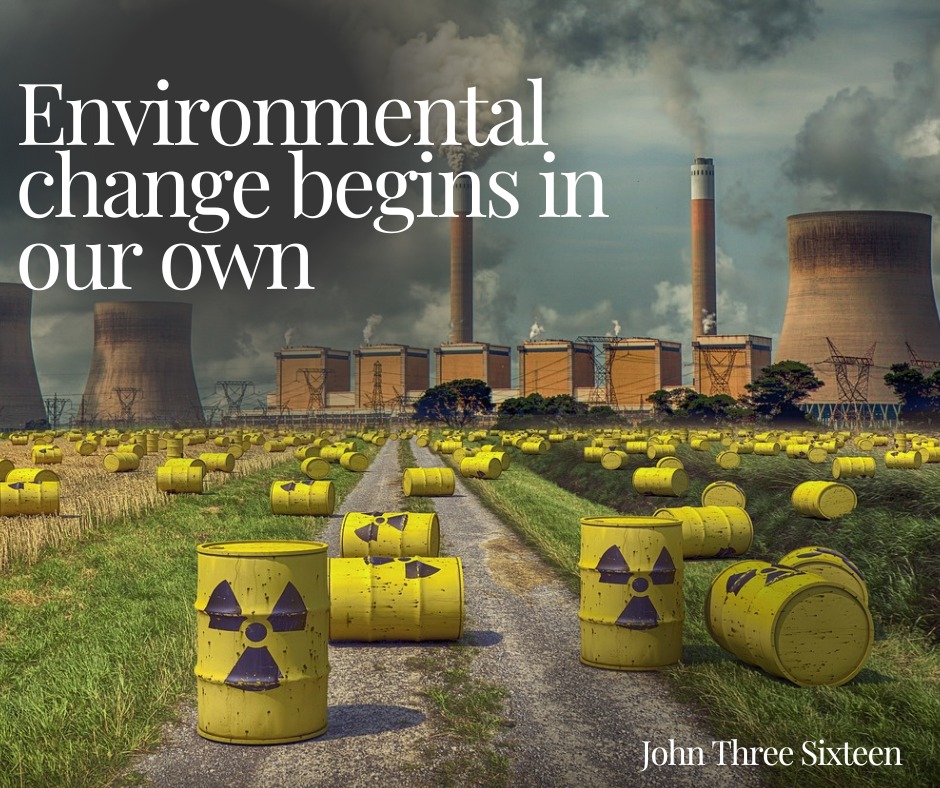Waste is an unavoidable by-product of most human activity. Economic development and rising living standards in India have led to increases in the quantity and complexity of generated various waste, whilst industrial diversification and the provision of expanded health-care facilities have added substantial quantities of industrial hazardous waste and biomedical waste into the waste stream with potentially severe environmental and human health consequences. This blog discusses the types of waste generation in India.
In India, numerous types of waste are being generated every single day and it can be broadly categorised into the following studies:
Electronic Waste (E-Waste): In the view of immense growth of electricals & electronics business, E-waste is being produced by every single user of the country and due to it’s significant change in the Electrical & Electronic Equipment Industry (EEE), the E-Waste is found in vast amount and it includes majorly electronic devices such as computers, mobile phones, televisions, refrigerators, and other electronic appliances.
Plastic Waste: Plastic waste is a major concern due to its non-biodegradable nature and environmental impact. It includes single-use plastic items, packaging materials, plastic bags, pet bottles, and other plastic products.
Battery Waste: It is waste of Battery generated by multiple source of users. The total amount of waste batteries is more, and it inevitably pollutes the environment. Among them, cadmium, mercury, zinc, lead and chromium are hazardous wastes. These heavy metals will enter the soil, change the soil acidity and alkalinity, affect the growth of crops, and accumulate in the body of crops.
Hazardous Waste: Hazardous waste defines the to waste that has properties that make it harmful to human health, living creatures or the environment. Its widely includes toxic chemicals, solvents, pesticides, oils, batteries, fluorescent lamps, and other materials that require special handling and disposal due to their potential of hazardous.
Municipal Solid Waste (MSW): It is a waste generally includes household waste, food waste, packaging materials, paper, plastics, glass, metals, textiles, and garden waste. Usually, it is generated from households, commercial establishments, institutions, and public places.
Industrial Waste: The waste of Industrial generally defined of waste produced through manufacturing processes, industrial activities, and construction sites though it contains wastes such as chemicals, textiles, metals, electronics, and construction. Sometimes, it may includes hazardous waste and non-hazardous waste particles.
Tire Waste: It has defined as a “waste tire” as a tire that is no longer mounted on a vehicle and is no longer suitable for use as a vehicle tire due to wear, damage, or deviation from the manufacturer’s original specifications.
Biomedical Waste: Biomedical waste consists of waste generated from healthcare facilities such as hospitals, clinics, nursing homes, and laboratories. It includes pathological waste, sharps (needles, syringes), expired pharmaceuticals, and other infectious or hazardous waste.
Special Waste: This category includes waste that doesn’t fit into the above categories but requires specific handling and disposal methods. It can include asbestos, radioactive waste, lead-acid batteries, and other specialized waste streams.
Organic Waste: Organic waste consists of biodegradable materials such as food waste, agricultural residues, yard waste, and other organic matter. It has the potential for composting and converting into valuable resources like compost or biogas.
Construction and Demolition Waste (C&D Waste): C&D waste is generated from construction, renovation, and demolition activities. It includes concrete, bricks, wood, metal, plastic, glass, insulation materials, wiring, and other construction-related debris.
Agricultural Waste: Across the globe, India is known for its stake of Agricultural Producing. However, the agricultural waste is also being generated during the process of harvesting on maximum scale. It includes crop residues, animal waste, farm waste, and agrochemical containers.
Available data on the quantity and types of waste generated, and the methods employed in the treatment and disposal of generated waste, are incomplete, inconsistent and unreliable due to wide variations in data recording, definitions, collection methods and seasonal variations. Whilst at a regional level this mitigates against a clear view of the overall status and trends, at the local level the lack of robust data acts as a barrier to the development and implementation of efficient and cost-effective waste management practices.
From the available data, it is clear that, in recent years, there has been a sharp increase in the waste generation in India and estimates indicate that generation rates are set to double over the next 25 years. Despite the increasing urbanization and industrialization, the economic activity of the region remains predominantly agricultural and, as a consequence, generates substantial quantities of agricultural waste. However, much of the waste is utilized within rural communities through composting, direct land application, biogas generation or is used as construction materials.




